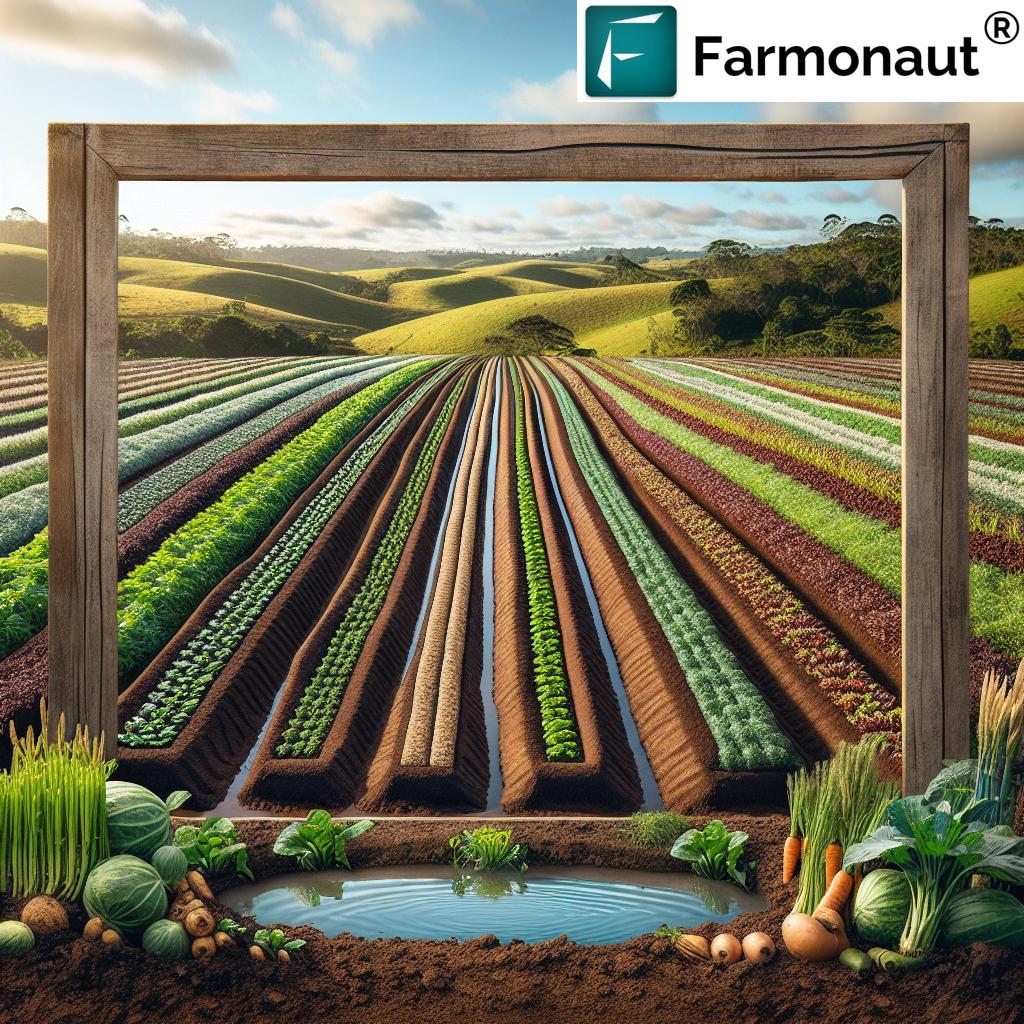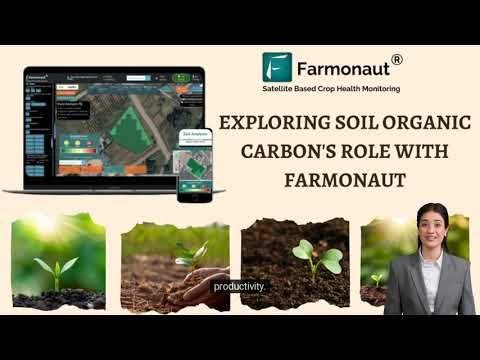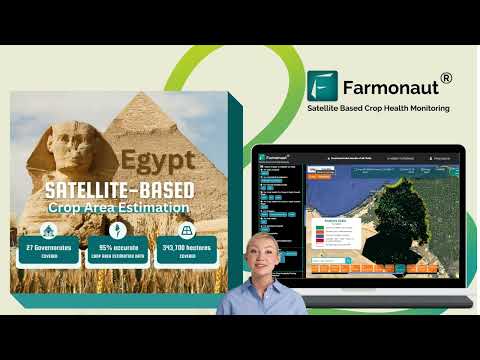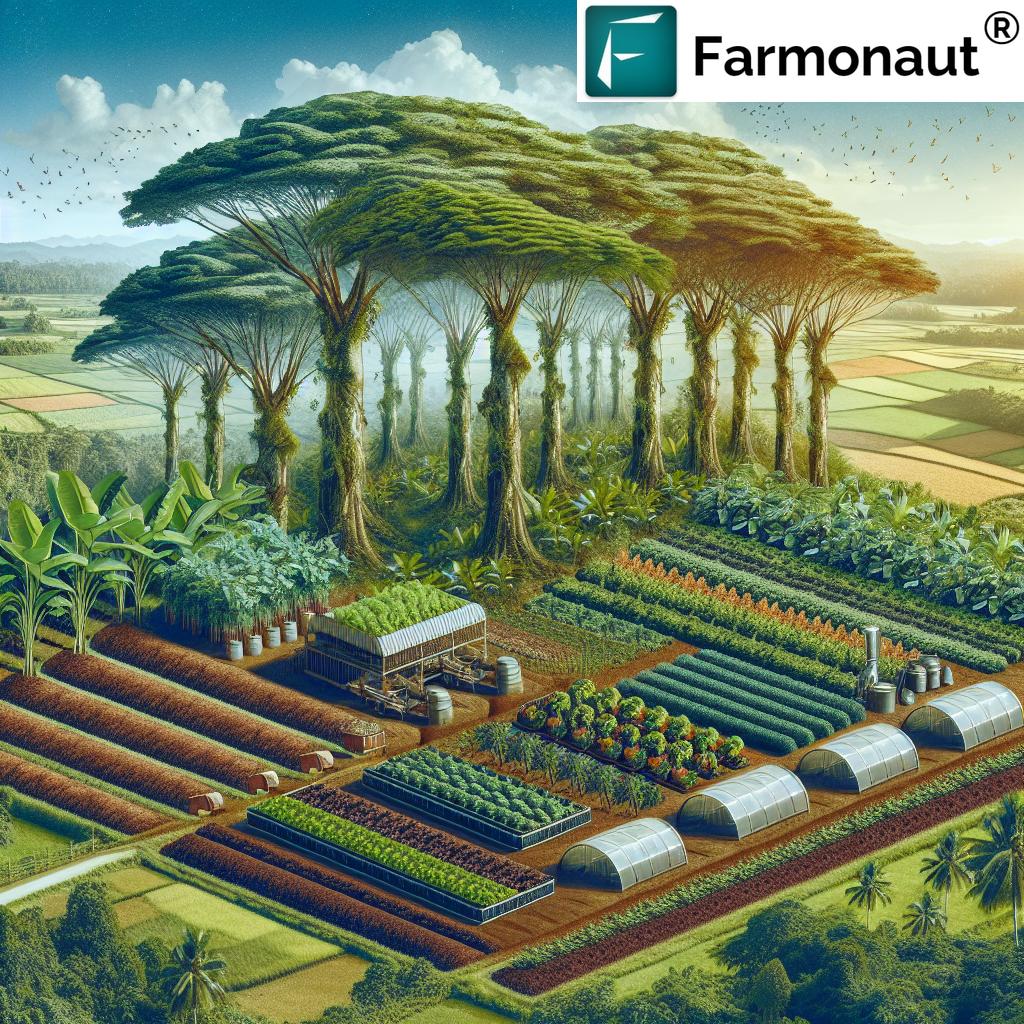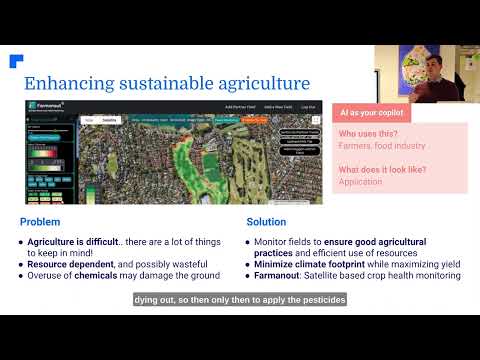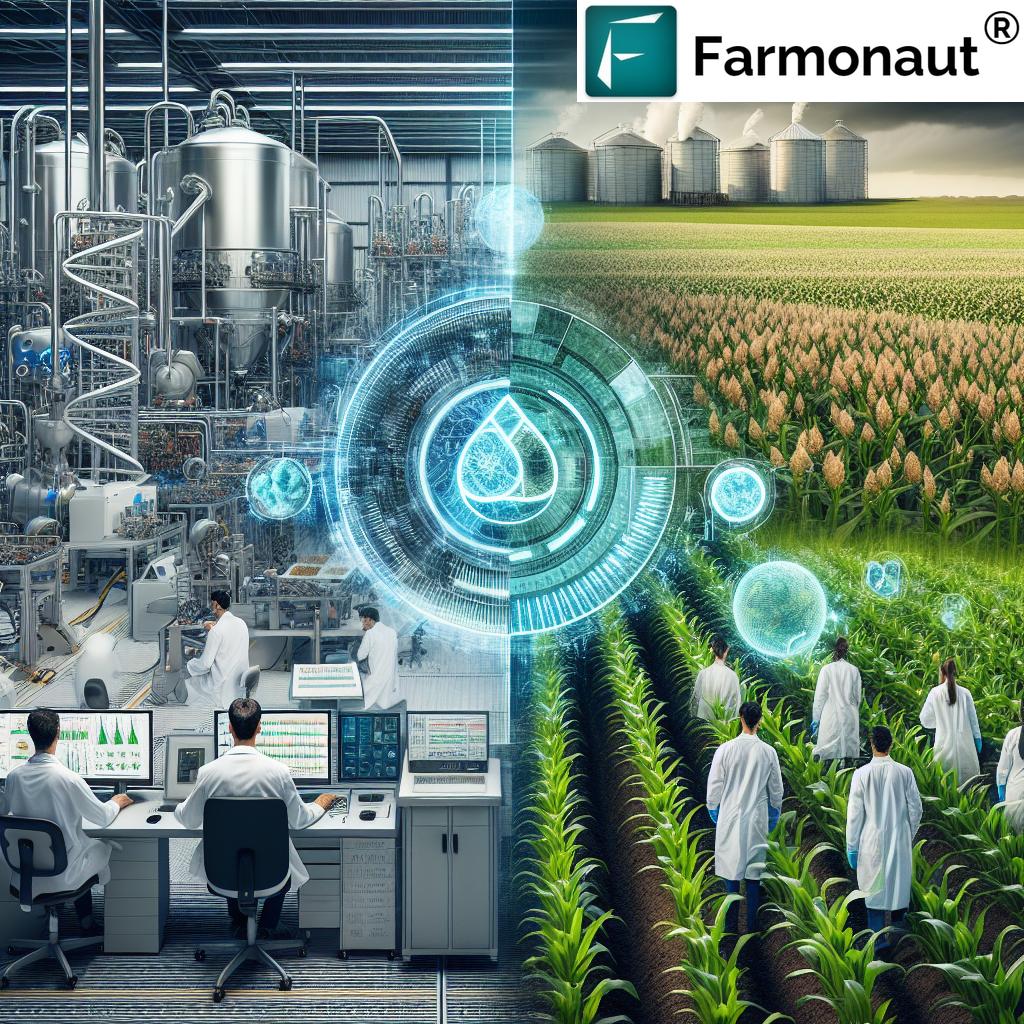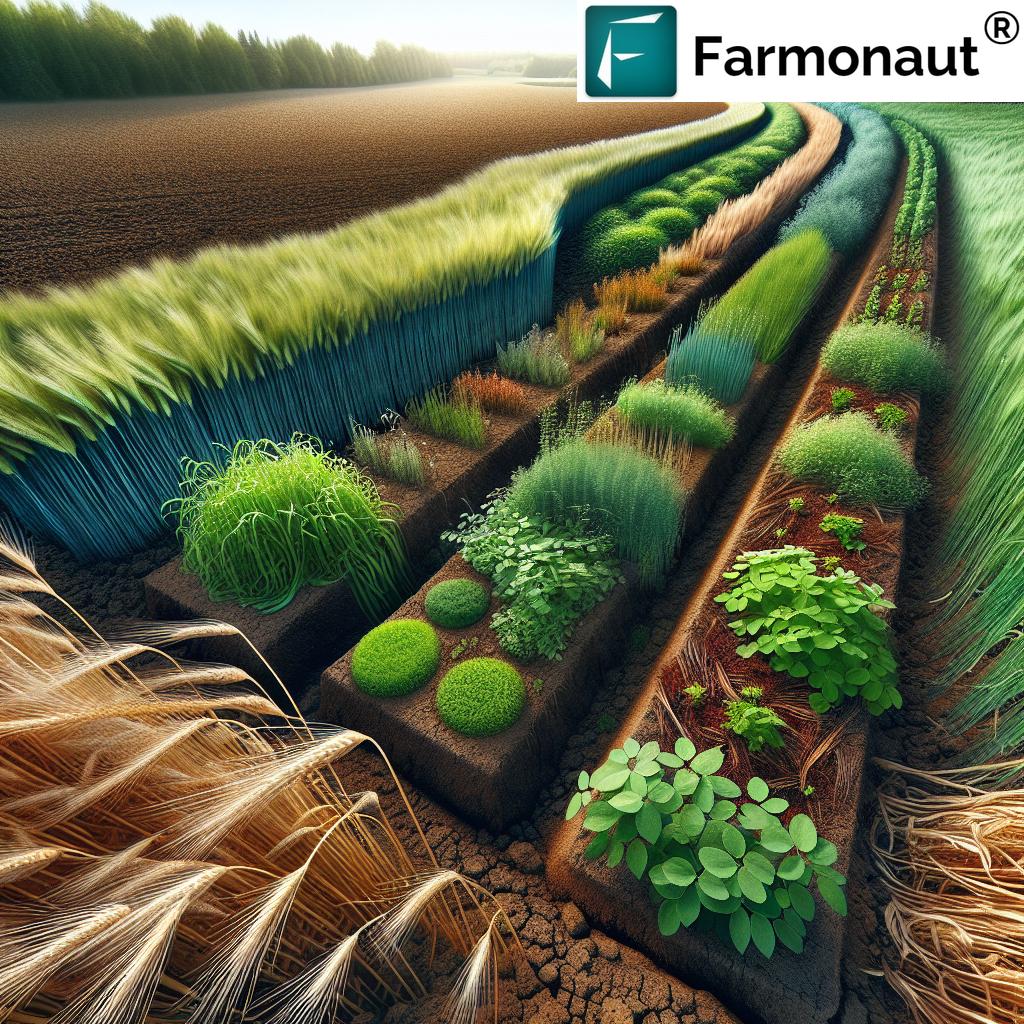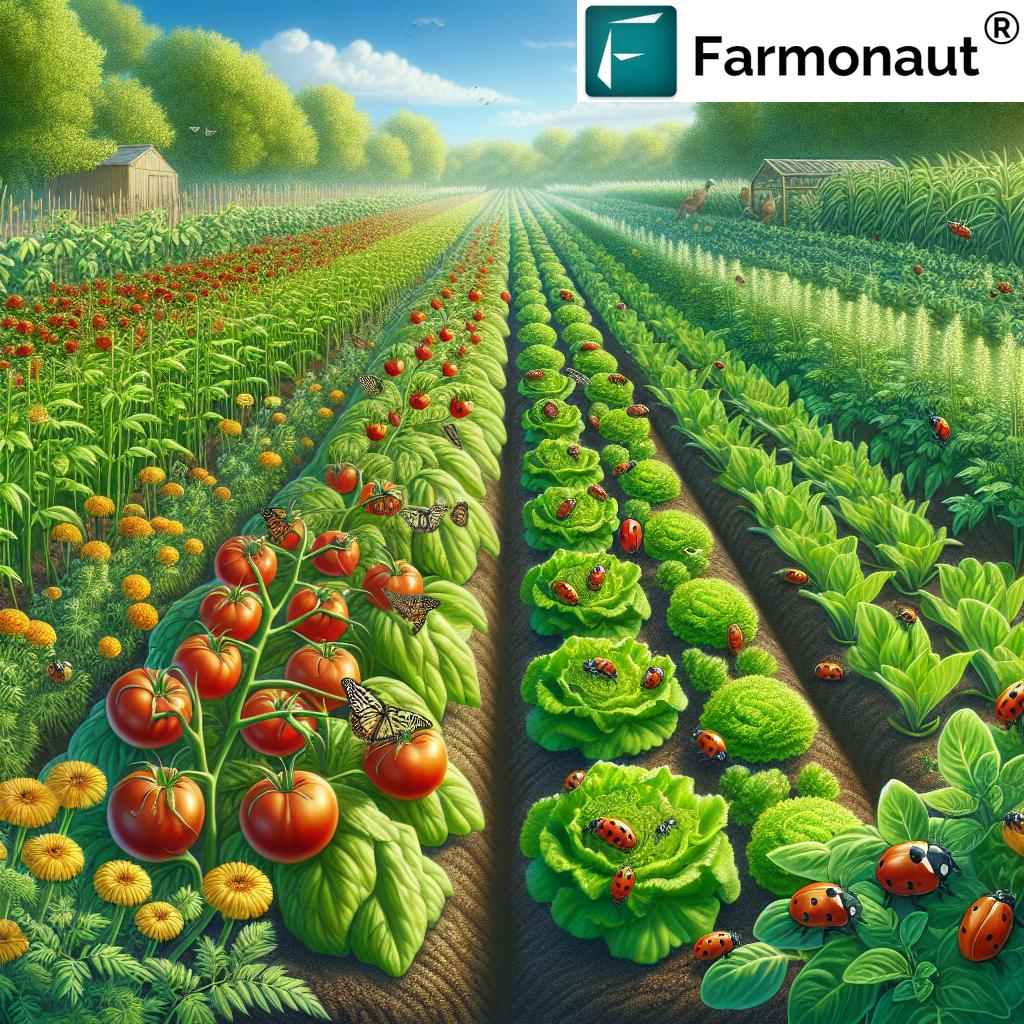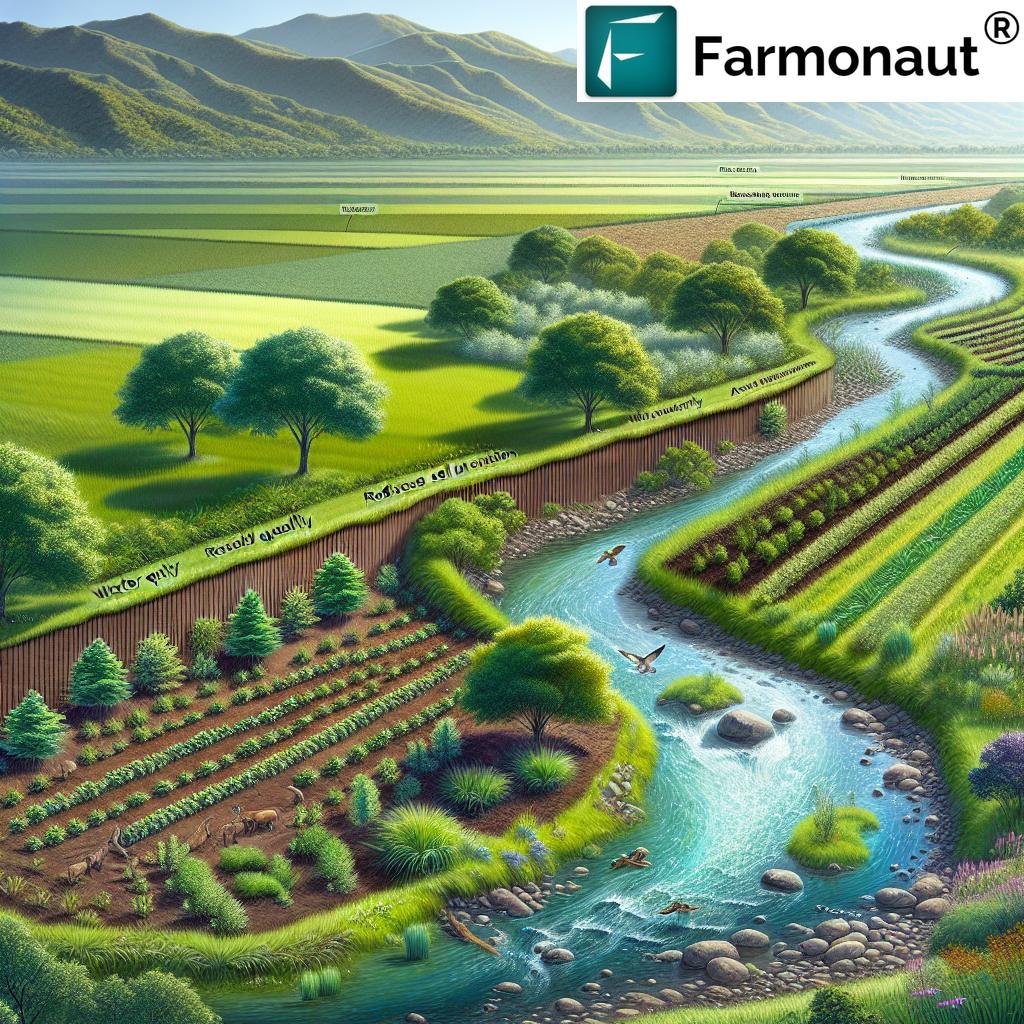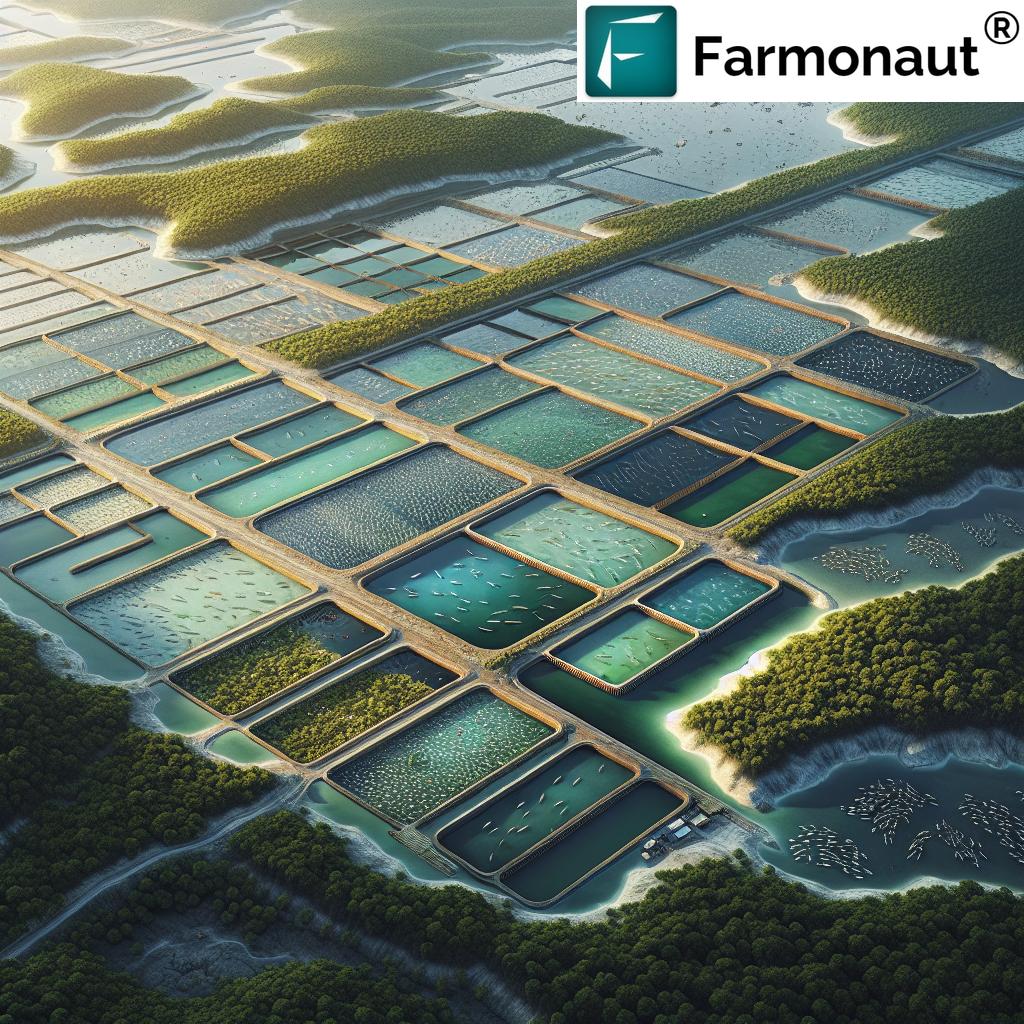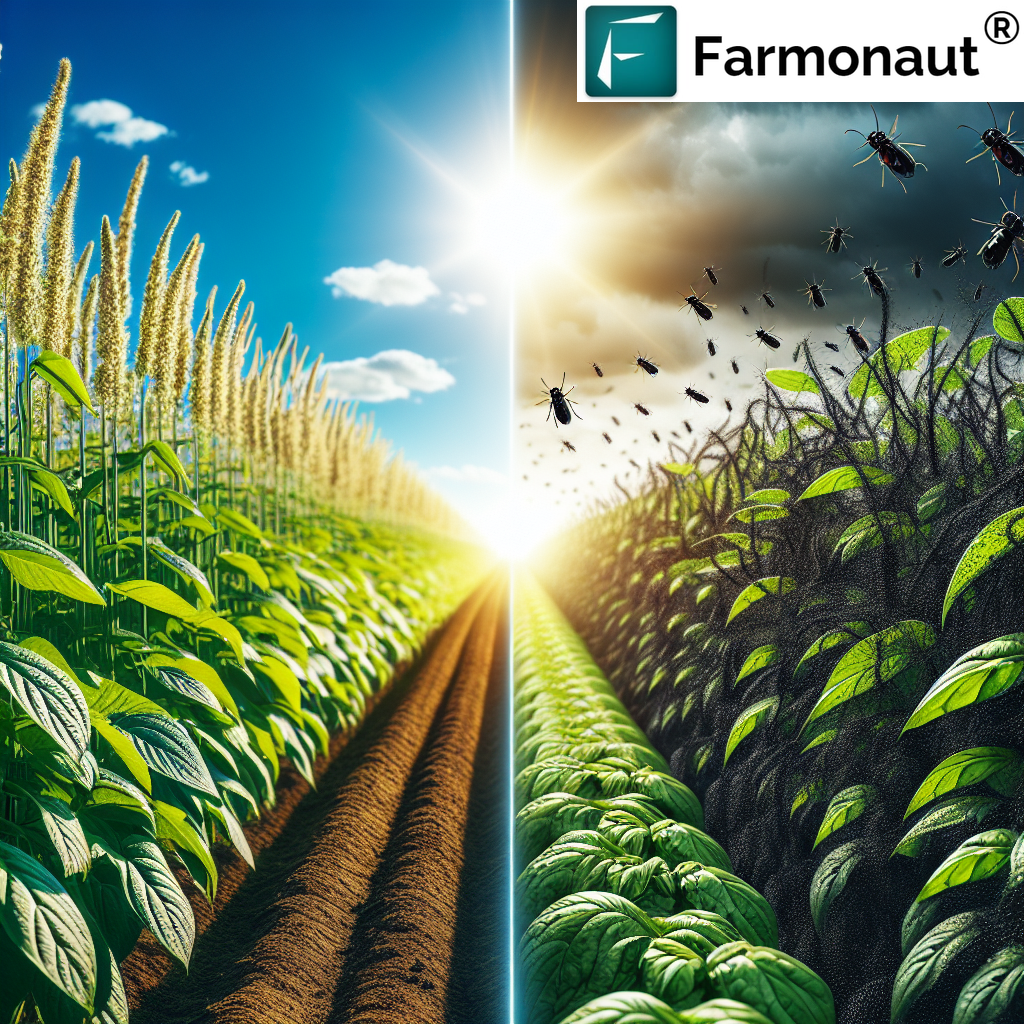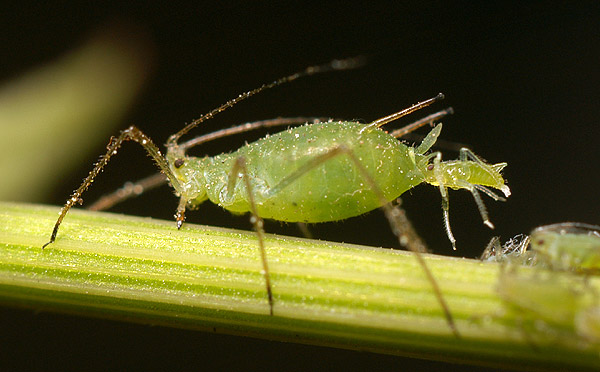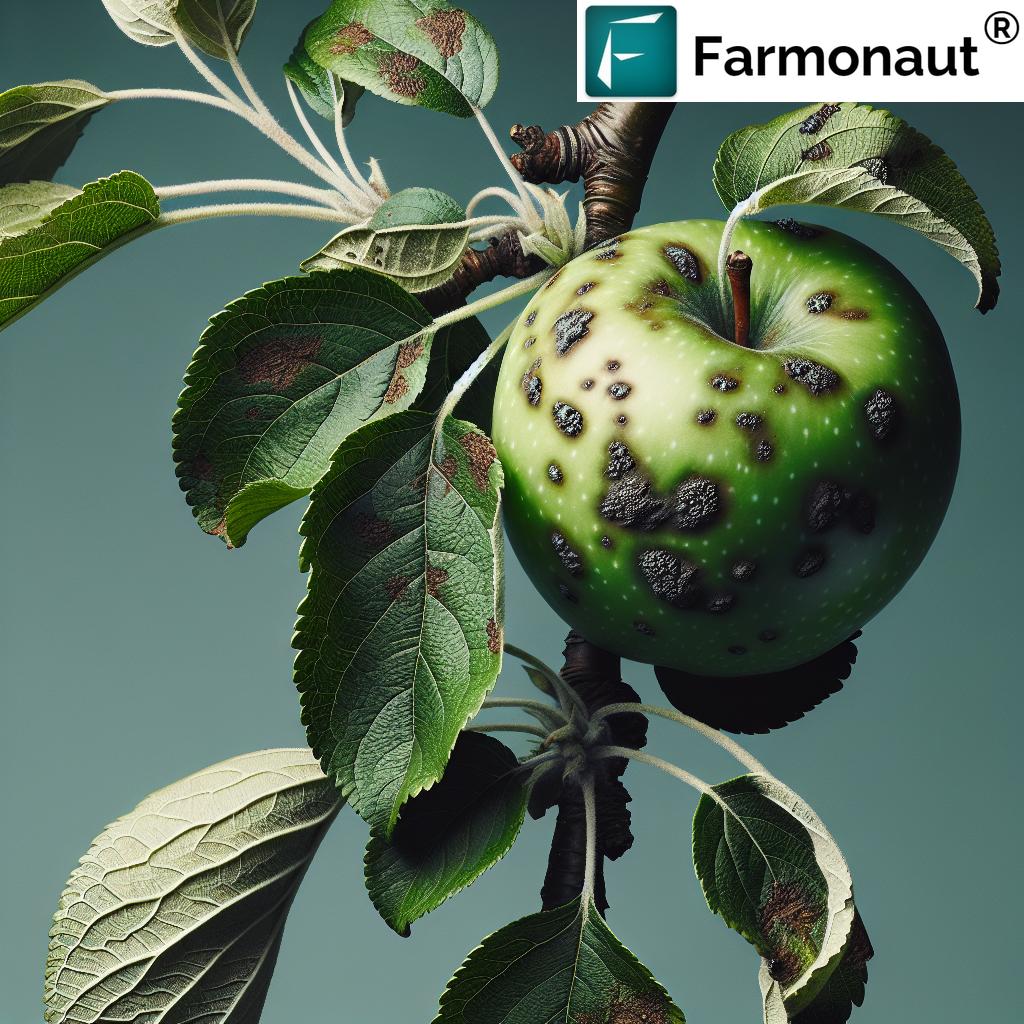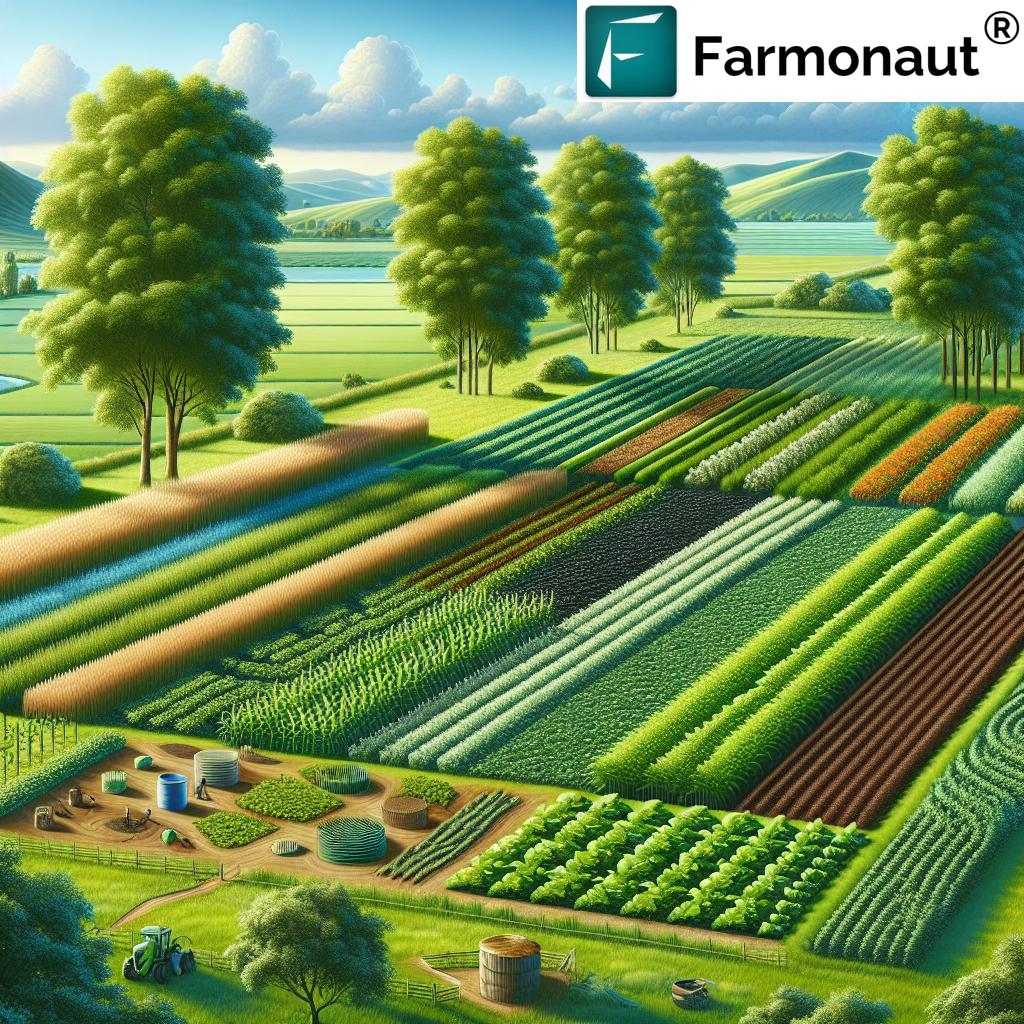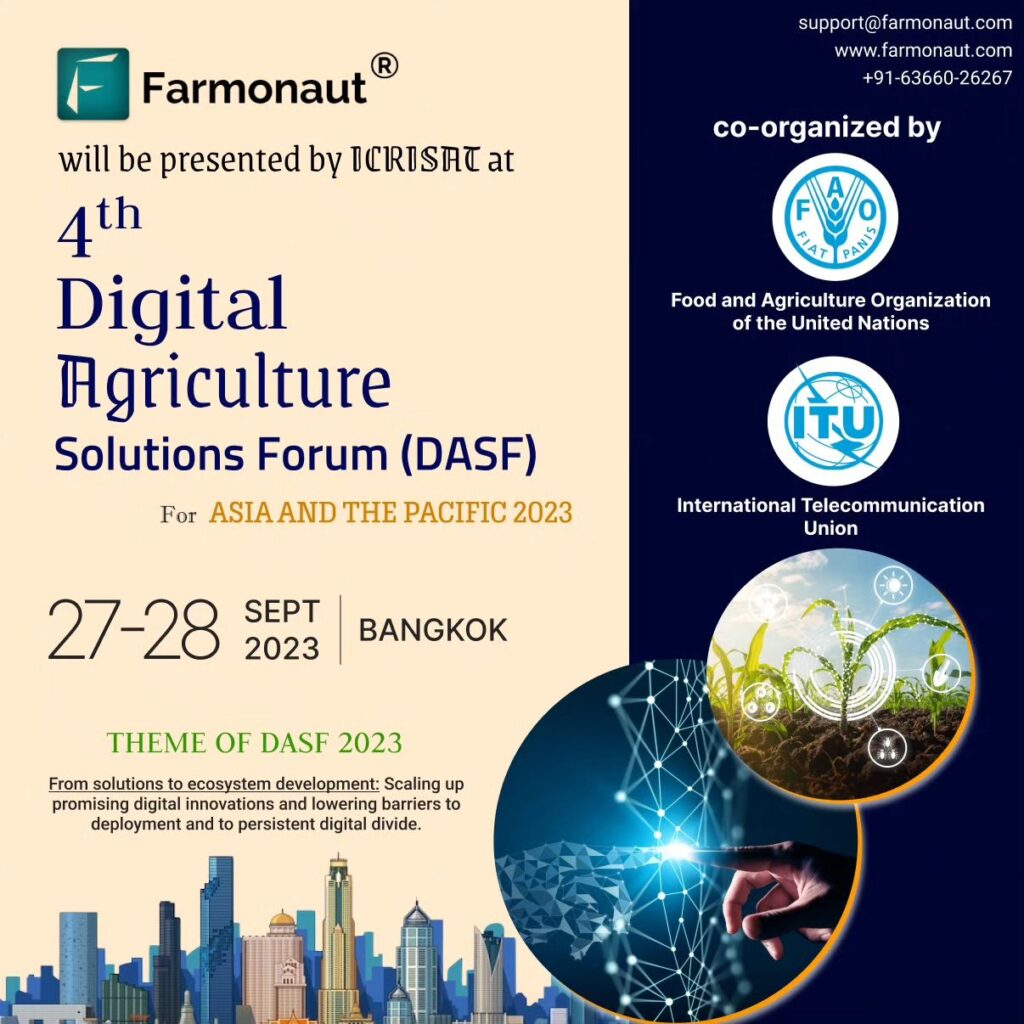12 Sustainable Agriculture Methods Farmers Must Try Now
“Over 60% of global soil is degraded, making sustainable farming methods crucial for future food security.”
- Introduction to Sustainable Agriculture Practices
- 1. Conservation Tillage Techniques
- 2. Crop Rotation and Diversification
- 3. Cover Cropping Benefits
- 4. Agroforestry Systems
- 5. Integrated Pest Management (IPM)
- 6. Organic Farming Methods
- 7. System of Rice Intensification (SRI)
- 8. Permaculture Ecosystems
- 9. Hydroponics and Aquaponics
- 10. Biosolarization Approach
- 11. Water Conservation in Farming
- 12. Regenerative Agriculture
- Comparison Table: Sustainable Agriculture Methods
- How Farmonaut Empowers Sustainable Agriculture
- Real-World Applications
- FAQ: Sustainable Agriculture Methods
- Conclusion
Introduction to Sustainable Agriculture Practices
We live in an era where our food systems and farmland face serious environmental, economic, and social challenges. Sustainable agriculture methods are no longer optional—they are essential. By integrating environmental health, economic profitability, and social equity, we shape a food future that secures both our present and coming generations.
In this extensive guide, we uncover top sustainable agriculture practices that every farmer should consider. With a focus on soil health, organic farming methods, water conservation in farming, climate resilience, and yield optimization, our aim is to empower readers with actionable techniques and cutting-edge insights.
Throughout, we’ll share the latest sustainable farming technologies—such as Farmonaut’s real-time crop monitoring and AI advisory systems—that help optimize resources while reducing environmental impact.
1. Conservation Tillage Techniques: Minimizing Soil Disturbance
Conservation tillage is a suite of soil management techniques that minimize disturbance and help regenerate land. By dramatically reducing how much we overturn the soil, we protect the inherent fertility that underpins all plant life.
- No-till farming: Seeds are directly sown into existing crop residues without plowing the field, preserving structure and enabling better water retention.
- Reduced-till: Only select soil layers are tilled for planting, drastically lessening erosion and cut down on greenhouse gas emissions.
These conservation tillage techniques support carbon sequestration, reduce runoff, and sustain soil organic matter. However, the actual level of carbon sequestration relies on local climate and soil types. Regularly, we see increased yields and improved farm resilience to climate change when these systems are implemented.
Farmonaut’s satellite-based carbon footprinting tools provide farmers with real-time feedback on their field’s emissions and help guide sustainable tillage decisions.
2. Crop Rotation and Diversification: Resilience for the Future
Crop rotation and diversification involve strategically rotating crops over seasons to disrupt pest cycles, mitigate disease incidence, and maintain soil fertility.
- Rotating between crops like maize, legumes, and cereals enhances biodiversity and yields.
- Introducing legumes into rotations naturally enriches the soil by fixing atmospheric nitrogen, reducing the need for synthetic fertilizers.
- Diversified planting protects against market and climate variability, increasing long-term economic stability for farmers.
By using crop rotation and diversification, we can break pest and disease cycles while boosting yields—all without resorting to excessive chemical use.
3. Cover Cropping Benefits: Building Living Soil Throughout the Year
Cover cropping benefits extend well beyond erosion control. By planting species like clover, vetch, or rye during the off-season, we:
- Shield soil from the physical impact of rain and wind (reducing erosion).
- Improve soil structure and encourage beneficial microbial activity.
- Suppress weeds and cut down on chemical herbicide usage.
- Add organic materials back to the land—boosting fertility and resilience.
These farming practices lead to greater productivity and enrich soil health. Importantly, cover cropping sets a foundation for healthy, resilient farming systems.
“Organic farming can reduce water usage by up to 30% compared to conventional agriculture.”
Want to boost soil moisture and get alerts when your fields need new cover crops? Explore Farmonaut’s large scale farm management platform—the ultimate toolkit for crop mapping, planning, and resilience monitoring.
4. Agroforestry Systems: Integrating Trees for Multiple Benefits
Agroforestry systems blend trees or shrubs with agricultural crops and livestock. This hybrid land use method offers:
- Enhanced carbon sequestration in both soil and above-ground biomass.
- Improved soil health by curbing erosion and adding leaf litter.
- Microclimate regulation and shelter for crops and livestock.
- Greater biodiversity through habitat creation.
Brazil has led in using agroforestry systems to regenerate degraded lands and optimize coffee and food production. These techniques not only improve yields but also buffer farms against climate change.
If you manage a plantation, leverage Farmonaut’s specialized crop plantation and forest advisory modules for real-time satellite imagery and AI-generated recommendations—optimized for agroforestry success.
5. Integrated Pest Management (IPM): Smarter, Safer Pest Control
Integrated pest management (IPM) is a multifaceted approach to pest control—minimizing chemical use while maximizing ecological harmony. IPM combines:
- Biological controls: Leveraging natural enemies like predators, parasitoids, or beneficial microbes.
- Cultural techniques: Crop rotation, adjusting planting cycles, and optimizing row spacings.
- Mechanical methods: Traps, barriers, and manual removal of pests.
- Chemical interventions: Targeted, minimal sprays mindfully used only when necessary.
IPM isn’t just about reducing pesticide loads—it’s about building resilience and safeguarding food security for generations. Farmonaut’s AI-powered advisory (Jeevn AI system) helps you make data-driven pest control decisions—integrating pest hotspots, NDVI alerts, and precise weather trends.
6. Organic Farming Methods: Returning to Nature for Sustainable Yields
Organic farming methods exclude synthetic pesticides and fertilizers, instead emphasizing:
- Biological diversity: Maximizing varied crop and animal species.
- Rotations and cover cropping: To maintain soil vitality.
- Natural fertilizers: Compost, manure, and green manure.
- Mechanical and biological pest control: Instead of heavy reliance on chemical solutions.
While organic systems offer remarkable environmental benefits, transitions must be strategic to minimize early yield drops and ensure long-term economic viability. With blockchain-based traceability solutions by Farmonaut, organic farmers can assure buyers of product authenticity, boost market credibility, and access premium supply chains.
7. System of Rice Intensification (SRI): Transforming Rice Agriculture
The System of Rice Intensification (SRI) revolutionizes rice farming through:
- Younger seedlings transplanted earlier, minimizing transplant shock.
- Wider spacing, allowing each plant maximum sun, air, and resource access.
- Intermittent irrigation—”alternate wetting and drying”—cutting water use by half compared to flooded paddies.
SRI can offer dramatic yield improvements while substantially reducing water and fertilizer input. In regions like India and Southeast Asia, the method is building food security and water conservation for future generations. Farmonaut supports SRI transition through precision soil moisture monitoring and irrigation management tools.
Learn more about satellite crop monitoring via Farmonaut’s large scale farm management solution.
8. Permaculture Ecosystems: Designing Resilient Land
Permaculture is not just a technique—it’s a philosophy. It’s about designing agricultural systems that work with nature, replicating complex, resilient ecosystems. The core principles include:
- Companion planting: Selecting plant partners that support one another’s growth, deter pests, and enrich the soil.
- Mulching and water harvesting: Retaining soil moisture and increasing drought resistance.
- Diversifying yields: Growing multi-layered and multi-functional crops for maximum resource use.
By structuring farms after natural ecosystems, permaculture creates diversity and long-lasting productivity. Farmonaut’s multispectral satellite imagery can help permaculture farms track cover crop vigor, monitor microclimates, and manage complex polycultures.
Curious about integrating permaculture with high-tech resource monitoring? Start with Farmonaut’s real-time crop health dashboards and see the difference.
9. Hydroponics and Aquaponics: High-Efficiency, Soilless Production
Hydroponics and aquaponics offer cutting-edge soilless farming options, perfect for urban and resource-scarce environments.
- Hydroponics: Crops grown in nutrient-rich water solutions achieve higher growth rates and yield consistency with 80–90% less water use compared to soil farming.
- Aquaponics: The integration of fish farming (aquaculture) with plant production (hydroponics), where fish waste provides nutrients for plants, and plants help purify the water for fish.
Both systems are resource-efficient and can provide steady fresh food production year-round, regardless of local soil quality. Cities with limited land and water are increasingly turning to these methods for securing food supplies.
10. Biosolarization Approach: Harness Solar Power for Soil Health
Biosolarization combines two sustainable forces: the pest- and disease-suppressing power of solarization with the enrichment of added organic materials such as manure or crop residues.
- Soil is moist and covered with transparent plastic, trapping solar heat that kills pathogens and pests.
- Added organic materials boost beneficial microbial activity—these microbes help produce biocidal volatile compounds, further fighting disease.
- This safe alternative to chemical soil fumigation supports soil health and food security.
When used before high-value crop production or after removing old orchards, biosolarization can significantly boost both yields and long-term soil fertility.
For those seeking a blend of tradition and innovation—biosolarization is highly recommended.
11. Water Conservation in Farming: Every Drop Counts
Efficient water management is at the heart of sustainable agriculture. With water resources dwindling worldwide, we must adopt:
- Drip irrigation: Delivers moisture right to plant roots, cutting waste and promoting healthy growth.
- Rainwater harvesting: Capturing runoff and rain for future irrigation ensures fields remain resilient during drought.
- Mulching: Using organic matter to cover soil, slowing down evaporation and suppressing weeds.
These water conservation techniques are especially vital in arid or changing climate regions. Farmonaut’s field-level satellite moisture data lets farmers fine-tune irrigation decisions—maximizing yields and saving precious water.
Developers: Integrate Farmonaut’s satellite weather and field data API for water conservation analytics. Access API developer documentation here.
12. Regenerative Agriculture: Restoring the Land for Generations
Regenerative agriculture seeks not just to sustain but to actively improve soil, land, and ecosystem health. Key techniques include:
- Composting: Adds stable organic matter to improve soil structure and fertility.
- Rotational grazing: Ensures thoughtful management of livestock for enhanced plant growth and carbon storage.
- Reduced tillage: Prevents oxidation of soil carbon and preserves soil microbial life.
- Crop rotation and cover cropping: Increase biodiversity, suppress pests, and raise soil moisture retention.
This approach can rebuild damaged lands, making them more resilient to climate extremes and increasing long-term productivity. Farmonaut empowers regenerative farmers via AI-based crop health mapping, carbon sequestration metrics, and resource tracking.
Want to see these impacts on your own farm? Farmonaut’s mobile and web apps deliver instant analysis of your progress along the regenerative journey.
Comparison Table: 12 Sustainable Agriculture Methods at a Glance
| Sustainable Method | Brief Description | Estimated Yield Improvement (%) | Soil Health Impact | Water Conservation Benefit |
|---|---|---|---|---|
| Conservation Tillage | Reduces soil disturbance for improved fertility | 5–15% | High | Medium |
| Crop Rotation & Diversification | Rotating and diversifying crops for pest and soil health | 10–25% | High | Medium |
| Cover Cropping | Non-cash crops grown to protect and enrich soil | 3–10% | High | Low–Medium |
| Agroforestry | Integrates trees for ecosystem & climate benefits | 10–30% | Very High | Medium |
| Integrated Pest Management (IPM) | Combines biological & targeted chemical controls | 10–20% | Medium | Low |
| Organic Farming Methods | Naturally maintains soil & ecosystem health | 5–15% (long-term) | High | High |
| System of Rice Intensification (SRI) | Optimizes rice planting & irrigation for higher yields | 15–50% | Medium | Very High |
| Permaculture Ecosystems | Designs self-sustaining natural farming systems | 10–30% | Very High | High |
| Hydroponics & Aquaponics | Soilless, high-efficiency water recycling production | 20–100% | Neutral | Very High |
| Biosolarization | Combines solar heat & organics to suppress pests | 5–20% | High | Medium |
| Water Conservation Techniques | Drip irrigation, harvesting, and efficient systems | 5–25% | Medium | Very High |
| Regenerative Agriculture | Restores natural cycles, increases carbon & health | 10–50% | Very High | High |
How Farmonaut Empowers Sustainable Agriculture Methods
Sustainable agriculture success today relies on data-driven decisions. Farmonaut is a leading agricultural technology company empowering individual farmers, agribusinesses, and institutions with advanced, real-time farm management through:
- Satellite-Based Crop Health Monitoring: Access NDVI, soil moisture, and vegetation health maps to optimize fertilizer, irrigation, and pest management with precision.
- Jeevn AI Advisory System: Receive hyperlocal, AI-generated advice on crop health, weather shifts, and sustainable practices—all in real time.
- Blockchain-Enabled Traceability: Verify your product’s journey and authenticity in high-value, traceable supply chains—ideal for organic and export market access.
- Fleet & Resource Management: Streamline operations, reduce fuel, and gain logistical control over inputs and machinery. Learn about Farmonaut’s fleet management solutions.
- Carbon Footprinting: Instantly visualize the environmental impacts of your fields and production, aiding compliance and optimizing for climate resilience.
More about carbon tracking - API & Integrations: Developers and researchers can build new applications on Farmonaut’s API platform with robust documentation (developer docs here).
With affordable subscription options for smallholder farmers, field-wide solutions for corporate and government users, plus the ability to plug into insurance and loan verification, Farmonaut is a future-oriented partner in sustainable agriculture.
Farmonaut Subscription Options
Real-World Applications: Global Takeaways for Every Region
From Brazil to India and countries across Africa, real-world applications of sustainable agriculture practices demonstrate potential for scalable, resilient, and profitable farms. Whether restoring degraded land with organic material, launching precision greenhouse production, or adopting water-wise technologies, farmers worldwide have tools at their fingertips for change.
Explore these solutions in your own region, and remember: Compiling data from soil health, weather insights, and crop health maps will help you confidently adapt and thrive, ensuring food security for all.
FAQ: Sustainable Agriculture Methods
What is the primary goal of sustainable agriculture?
Our main objective is to produce food and fiber for current populations without compromising the ability of future generations to meet their needs. This means supporting soil, water, and ecosystem health while maintaining economic viability for farmers.
Which sustainable agriculture methods increase yields the most?
According to research and field trials, the system of rice intensification (SRI), hydroponics/aquaponics, agroforestry systems, and regenerative agriculture can deliver the largest yield improvements, especially when matched to local conditions.
How do cover cropping and crop rotation benefit the soil?
Both methods break pest and disease cycles and add vital organic materials. Cover crops prevent erosion, improve structure, and foster nutrient cycling, while rotation shields soil from nutrient depletion and improves biodiversity.
Are there tech solutions to support sustainable farming?
Yes. Farmonaut offers advanced satellite-based monitoring, AI advisory systems, blockchain traceability, resource management, and carbon tracking—all proven tools to make sustainable agriculture practices accessible and scalable worldwide.
Is organic farming always the best solution?
Organic farming methods significantly reduce chemical exposure, enhance soil health, and lower water waste. However, success is optimized by gradual adoption, rigorous monitoring, and the use of technology to maintain yields and profit margins.
How can I get started with Farmonaut?
Download the Farmonaut App (on web, Android, or iOS), sign up for a trial, or contact support for custom data integration.
Conclusion: Shaping The Future of Food with Sustainable Agriculture Methods
Embracing sustainable agriculture methods is more than a responsibility—it’s the path to a prosperous, secure, and resilient future. Whether you’re a seasoned farmer, policymaker, developer, or agri-entrepreneur, the tools and practices outlined above offer a proven roadmap for boosting yields, preserving resources, and protecting the planet.
By using a blend of tradition (like crop rotation) and technology (think satellite monitoring and AI advisory), we can secure our food production against climate change, market volatility, and resource depletion. The time to act is now—let’s regenerate our soil, conserve water, restore biodiversity, and grow healthy, abundant crops for our communities and the generations that follow.
Ready to take your farm to the next level?
- Get started with Farmonaut Apps
- Monitor your carbon footprint
- Integrate Farmonaut’s API (developer docs)
- Optimize fleet management
- Simplify crop loan & insurance verification
- Enhance traceability for your sustainable products
The journey toward a sustainable food future starts now. Let’s innovate, collaborate, and thrive—together.


